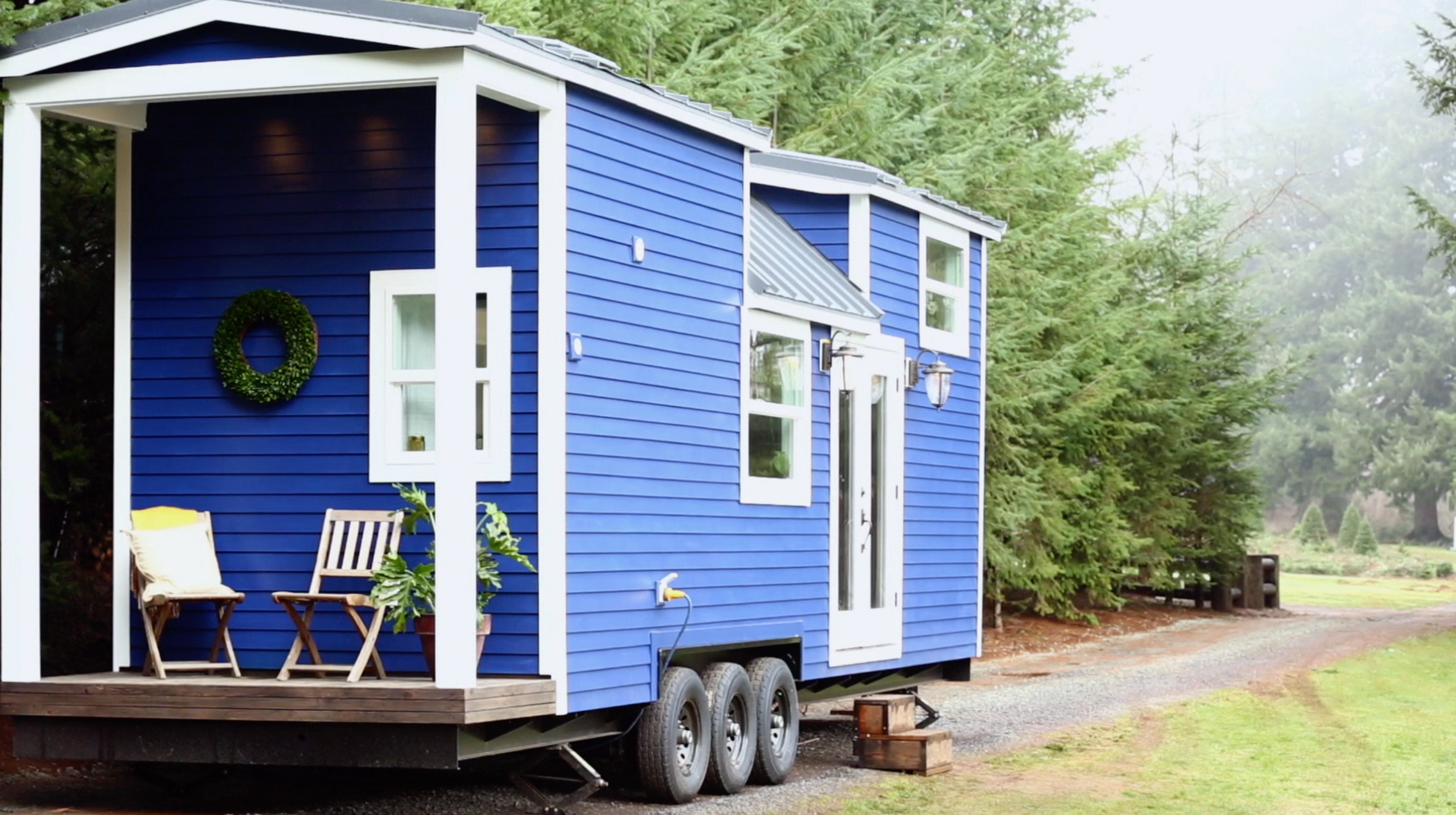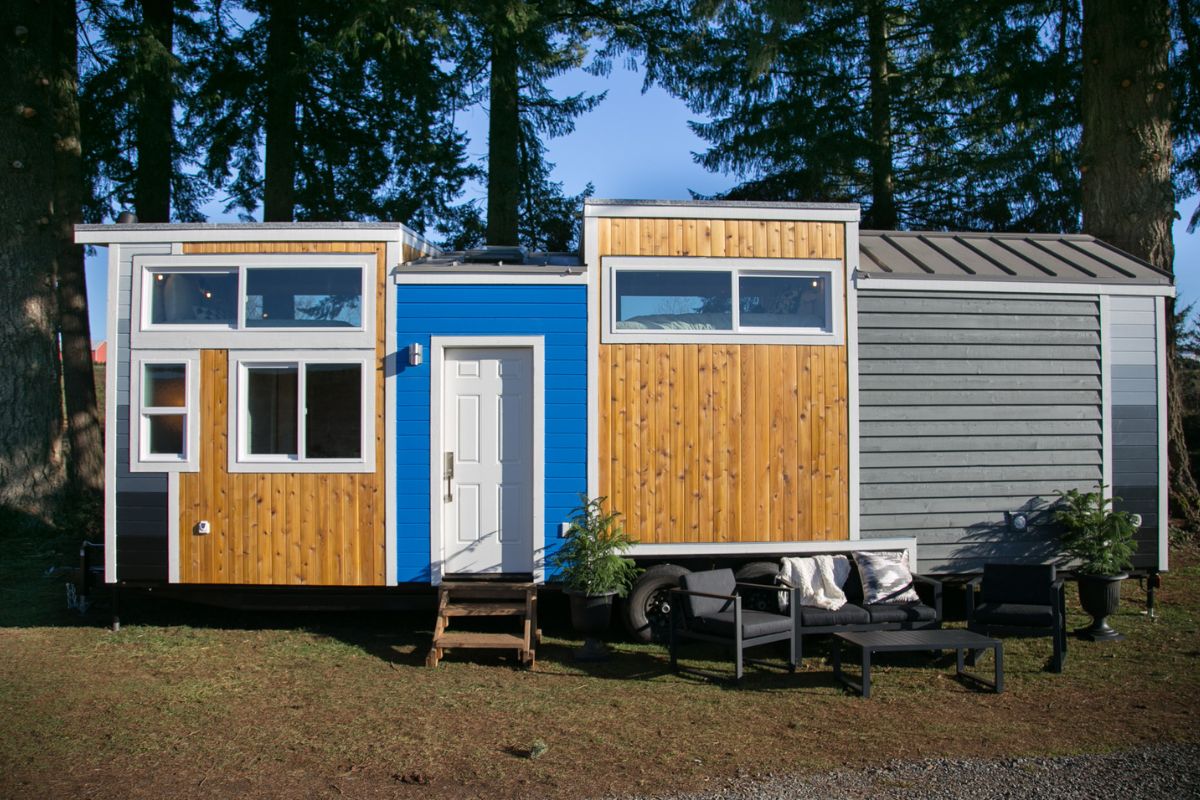Detailed Long Distance Moving Checklist
Creating a detailed checklist for long-distance moving is essential for a seamless transition. A comprehensive checklist should include tasks to be completed well before the move as well as on the day itself.
Starting from eight weeks out, you should begin by researching moving companies, decluttering your home, and starting to pack non-essential items.
As the move approaches, confirm arrangements with the long distance movers in Oxnard, finalize packing, and ensure that valuables and essential documents are safely secured.
On the day of the move, it’s crucial to have a personal essentials bag and perform a final walkthrough of your home to ensure nothing is overlooked.
Moreover, it’s important to be aware of the logistics and technical aspects involved in a long-distance move.
Utilizing tools like location intelligence can help in planning the route and understanding traffic patterns, which can be crucial for timing your move perfectly.
Technology can also assist in keeping track of your belongings through inventory apps or other mobile solutions that document the contents of each packed box.
Ensuring you have a plan for setting up utilities and services at your new home before you arrive will also mitigate any potential stress upon arrival.
Packing Strategies for Long Distance Moves
When planning for long-distance moves, it's crucial to implement effective packing strategies to ensure the safety and organization of your belongings. One key approach is to prioritize items based on necessity and fragility.
Begin by packing non-essential items and seasonal clothing well in advance of your move date. This not only helps in reducing last-minute stress but also in decluttering items that you may no longer need.
For fragile items, such as glassware and electronics, use sturdy, high-quality packing materials and techniques to prevent damage during transport.
Another important strategy is to label boxes clearly and maintain a detailed inventory. This can significantly streamline the unpacking process at your new location, allowing you to set up your most essential spaces, like the bedroom and kitchen, first. Additionally, consider the logistics of your move: assess the layout and accessibility of your new home and communicate any potential obstacles to your movers beforehand.
By planning the order in which the moving truck will be loaded, you can ensure that the most immediately needed items are the last loaded and first unloaded, thus making them readily available upon arrival.
.jpg)
On the Moving Day
On the moving day, effective organization and clear communication are pivotal for a smooth transition. It's essential to have a detailed checklist that covers all tasks to be completed on the day.
This should include final packing touches, ensuring valuables and essential docs are secure and accessible, and a thorough walkthrough of the home to ensure nothing is left behind. To make planning more efficient, you can use tools like the Canva summarizer to condense important information into quick, actionable checklists or summaries.
Additionally, coordination with the moving company is crucial; confirm all details like arrival times and ensure that the movers have clear instructions about which items are fragile and how you want things loaded.
Moreover, preparing an "essentials" box for immediate needs upon arrival at your new home can greatly ease the first hours in your new space.
This box might include items like toiletries, a few dishes, basic tools, and perhaps bedding. Ensuring that this box is last loaded and first unloaded can provide peace of mind.
Remember, while it's important to oversee the movers for any last-minute directions, it’s also critical to keep pathways clear to avoid any accidents or damage during the move.
Settling Into Your New Home
Settling into your new home involves several crucial steps to make the transition smoother and more organized. One of the first tasks is ensuring that all utilities are set up and functioning, which includes electricity, water, internet, and other services.
It's also beneficial to familiarize yourself with the local amenities such as supermarkets, medical services, and public transportation options.
Additionally, updating your address for deliveries, banking services, and governmental notifications is essential to avoid any disruptions in services or communications.
Further, to truly make your new house feel like a home, start by unpacking essentials and setting up key areas like the bedroom, bathroom, and kitchen.
These spaces are vital for daily activities and can provide comfort amidst the chaos of moving. Personalizing your space by arranging furniture, hanging pictures, and adding personal touches can also significantly contribute to the feeling of homeliness.
Over time, exploring your new neighborhood and connecting with neighbors can also help integrate you and your family into the community, making your new environment more welcoming and familiar.
Special Circumstances
When dealing with special circumstances during significant transitions such as moving into a new home or changing environments, there are practical strategies to consider that can ease the process. For instance, it's essential to plan for any special needs or requirements specific to family members, pets, or the physical layout of the new home.
Ensuring that these unique needs are addressed ahead of time can prevent complications on moving day and beyond.
This might include arranging for early installation of essential services or amenities that meet specific family needs or making modifications to the home for accessibility.
Additionally, special circumstances might also involve adjusting to a new environment or community.
This can include understanding local customs, finding out about community resources, or even adapting to different climatic conditions.
Being proactive in joining local groups or participating in community activities can help ease the transition and foster a sense of belonging in a new place.
It’s also wise to keep a flexible mindset and be prepared for unexpected challenges, turning them into learning experiences that can aid in settling into your new surroundings more comfortably.
Conclusion
After the move, take the time to review and reflect on the process to learn from the experience. Ensuring a successful move involves not just reaching your new home but also adapting to it effectively.
By following these long-distance moving tips, you can make your transition as seamless as possible.






Share: